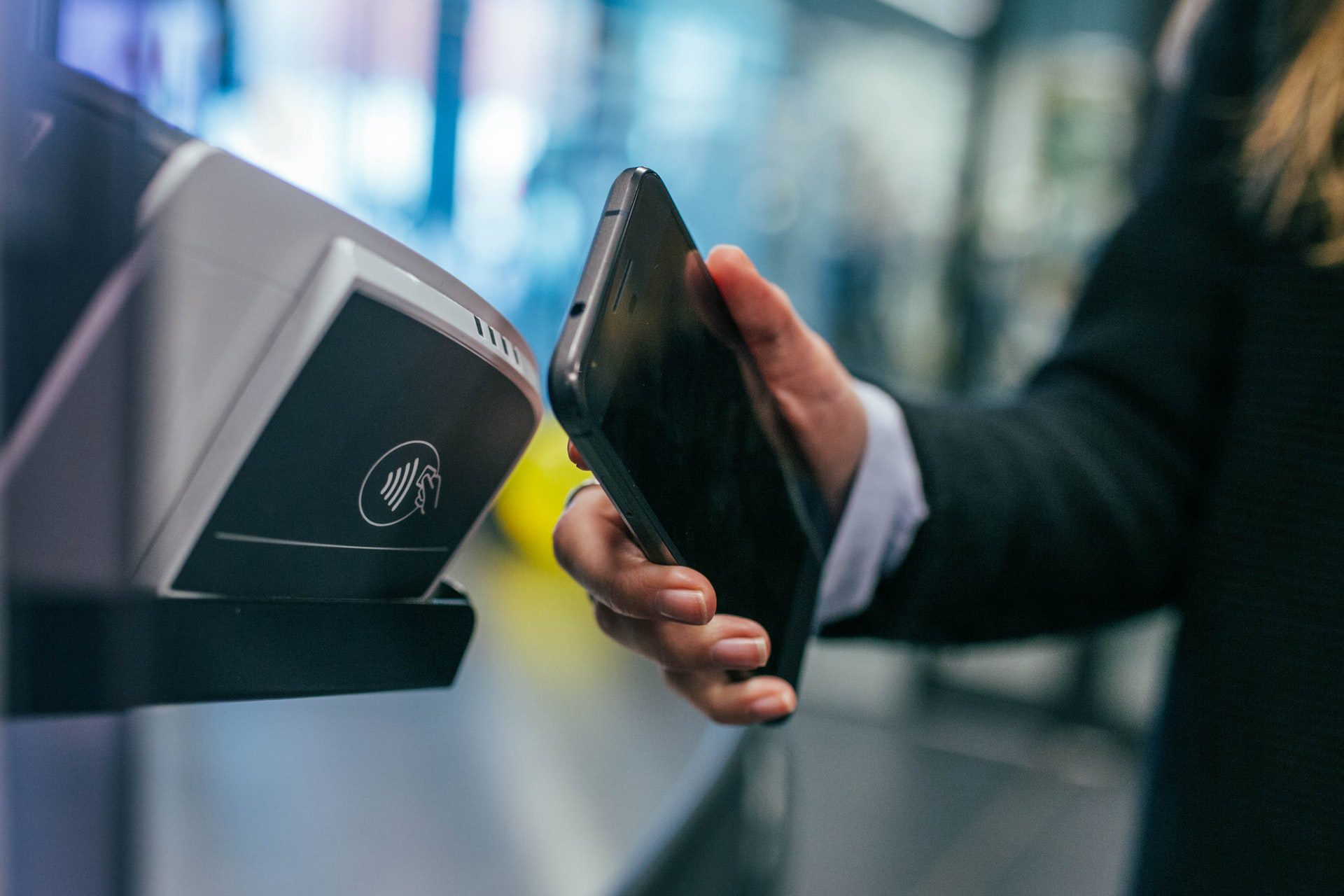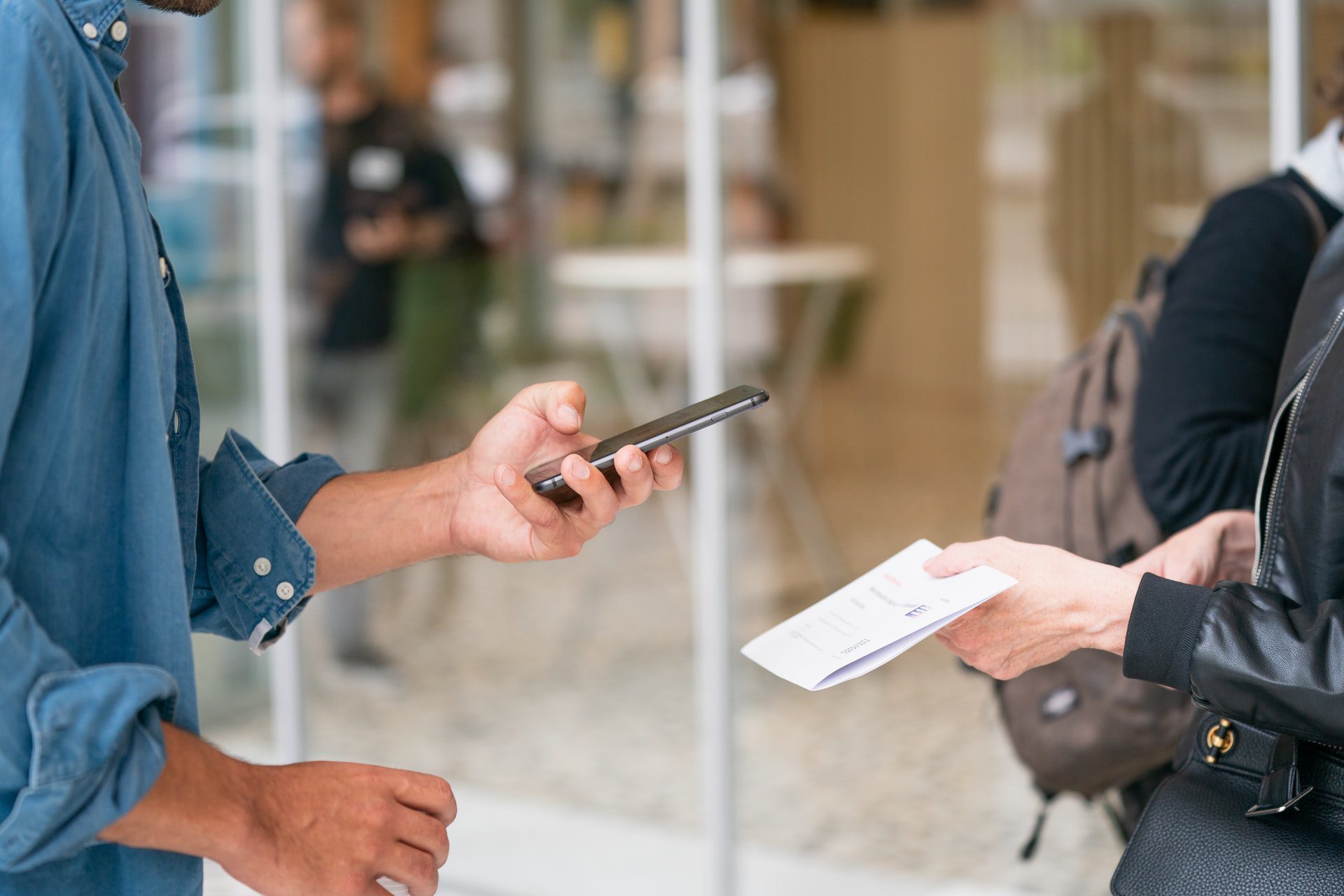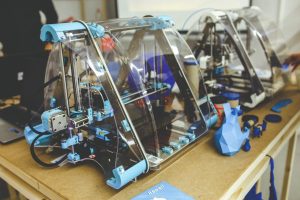Where Will The NFC Label Vs QR Code Be 5 Years From Now?

Alongside the QR code, we have the NFC (Near Field Communication) label or tag. This type of technology is featured in multiple places, from shipping to contactless payments, and even providing data.
Each type of technology has its merits, with similar functions that make them useful technology products for businesses and organisations. But as we look to the future, where will the NFC label be versus the QR code five years from now?
The difference between NFC and QR codes
Understanding a little more about the difference between NFC tags and QR codes provides insights into each of their uses and benefits.
NFC tags are a form of microchip capable of storing vital information, performing actions that are time-saving and convenient. This can include contactless payments, providing authentication of products, etc. When encoding NFC tags it is possible to decide if the data contained in them can be changed or not in the future, making them a flexible and secure solution at the same time. In the retail and shipping industries, NFC tags provide accuracy and make inventory tracking much simpler.
QR codes, on the other hand, are a barcode connected to a piece of data (such as a web page, application or a WiFi password). Once the barcode has been created, it will always point to the same things. QR codes have many practical applications that make them easily used by businesses and consumers, proving useful in many ways. However, being based on a graphical representation and not containing any circuit they could be exposed to an easy falsification process. For instance, a simple photocopy would be enough to forge a QR code.
While similar in their function, each product has its own benefits, while being better suited to some applications more than others.

For many companies, NFC provides the added security that can help prevent inventory loss, boost shipment tracking, and much more. A vital component for modern supply chains, they are an excellent way to detect tampering, and ensure that the product received is the genuine article. You can read more about NFC as a popular supply chain tool to see how this technology is changing the industry.
QR codes in the post-COVID era
While many people had largely given up on the QR code, this tech innovation is something that can genuinely say it benefitted from the COVID-19 pandemic. Used by restaurants, governments, and places all over the world, it quickly became the way to share information in a quick and easy format. Its simplicity ensures a lot of potential for businesses, but it’s important to take data concerns into account and ensure that data protection measures are stepped up.
Now that people are used to the technology, NFC and QR codes could each have a place both in the present and the distant future. For businesses looking to simplify processes in an accessible way, there is a lot of value to be found in NFC labels and QR codes, depending on your industry. The future is uncertain, but this innovative technology seems to be here to stay.





 Science and technology have made tremendous progress over the last decade. What was the subject of science fiction books and films not so long ago has become real and accessible today. Perfect examples of the implementation of these visionary ideas are virtual and augmented reality. Although these technologies are similar, they offer different types of experiences for users: Virtual Reality (VR) is completely computer generated, while Augmented Reality (AR) superimposes selected images over the user’s field of view.
Science and technology have made tremendous progress over the last decade. What was the subject of science fiction books and films not so long ago has become real and accessible today. Perfect examples of the implementation of these visionary ideas are virtual and augmented reality. Although these technologies are similar, they offer different types of experiences for users: Virtual Reality (VR) is completely computer generated, while Augmented Reality (AR) superimposes selected images over the user’s field of view.